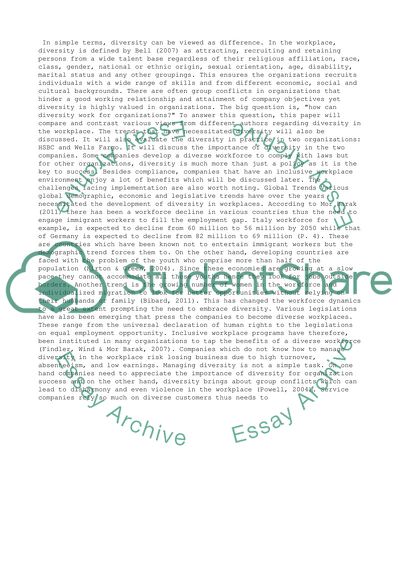Cite this document
(“Business Essay Example | Topics and Well Written Essays - 1250 words - 5”, n.d.)
Retrieved from https://studentshare.org/business/1460385-business
Retrieved from https://studentshare.org/business/1460385-business
(Business Essay Example | Topics and Well Written Essays - 1250 Words - 5)
https://studentshare.org/business/1460385-business.
https://studentshare.org/business/1460385-business.
“Business Essay Example | Topics and Well Written Essays - 1250 Words - 5”, n.d. https://studentshare.org/business/1460385-business.


